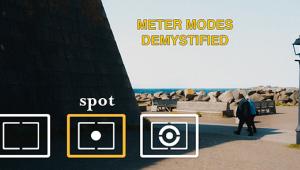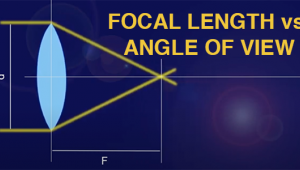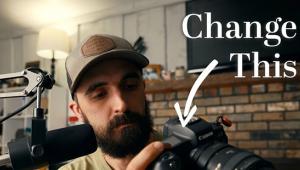Help!
| Here is a quick tip list
on letters for the HELP! desk: Manual Plus Bulb A. The
problem with suggesting specific cameras is sometimes the model name
is different outside the U.S.A. If the camera brand is the same it may
have a different model name in Germany or elsewhere. You don't
say whether you want an SLR camera that takes interchangeable lenses,
or just a fixed lens camera. There are literally hundreds of cameras
that fit your needs, but I'll confine my suggestions to a few
I have personal experience with. Flash And Super Graphic A.
As you have discovered, syncing an old Super Graphic for use with flash
is tedious. These cameras were made from 1958-1973 when electronic flash
was still relatively new and flash bulbs were still the main source
of synchronized artificial lighting. First, check the shutter on your
camera lens. Does it have an M-X sync switch? If so, it can be adapted
for use with either flash bulbs (M) or electronic flash (X). Digital And Film
Through Security? A. It is my understanding that neither digital cameras nor digital memory cards used for capturing images are affected by airport security machines. But, films can be adversely affected. Films faster than ISO 400 are particularly vulnerable and repeatedly passing them through security (as might happen when you change planes several times) can be accumulative and build up fogging on any speed film. I always place my extra film in a see-through, zip-open type food storage bag so I can pull them all out of my gadget bag in one group and then request a hand check of the film. They might want to open one or more of the film boxes, but I have never been refused when asking for hand checking of film outside the security machines. Film Loading Problem A. No, the film that remained inside the film cassette should not have been adversely affected by the light and you should be able to use the remainder of the 36-exposure roll safely. Just reload the film normally and be sure to advance the film to frame 8 or 10 to wind a bit past the leader end that got fogged when you had to open the camera back in a lighted room. I'm assuming your camera has conventional winding that pulls the film from the cassette and has to be rewound back into the cassette after exposing the last picture. If you have one of the cameras that uses film pre-wind (that is, the film is advanced to the end of the roll before taking the first picture, and is safely back inside the cassette immediately after exposing the last picture) there might be more harmful fogging of the unexposed film on the take-up spool when the back was accidentally opened. But, if only a short bit of film leader was visible when you had to open the back, then the rest of the roll of film should be OK to use. 8mm Value? A. Your DeJur Citation 8mm spool camera with an interchangeable single lens mount, was actually introduced in 1950. My 11th Edition of McKeown's Price Guide to Antique & Classic Cameras, 2001-2002 shows a price of $20-$30 for your camera. Mass produced 8mm cameras just are not particularly collectable today, thus the relatively low pricing. Projector Bulbs A.
I found the DFR bulb listed in my Photo and AV Lamp catalog from Bulbman.
Your friend can contact Bulbman at (800) 648-1163 to order this replacement
bulb for his old Kodak Cavalcade slide projector. They have six stores,
mostly west of the Mississippi, but the toll-free 800 number is the
easiest way to order any of their replacement lamps and bulbs. In addition
to the AV bulbs, they also list many flash tubes, video lights, and
photofloods. An AV lamp cross-reference lists the product name and the
bulb needed for that unit. I don't know if this was the advertiser
you had seen, but it's a prime source for replacement lamps for
older products today. |
- Log in or register to post comments

































